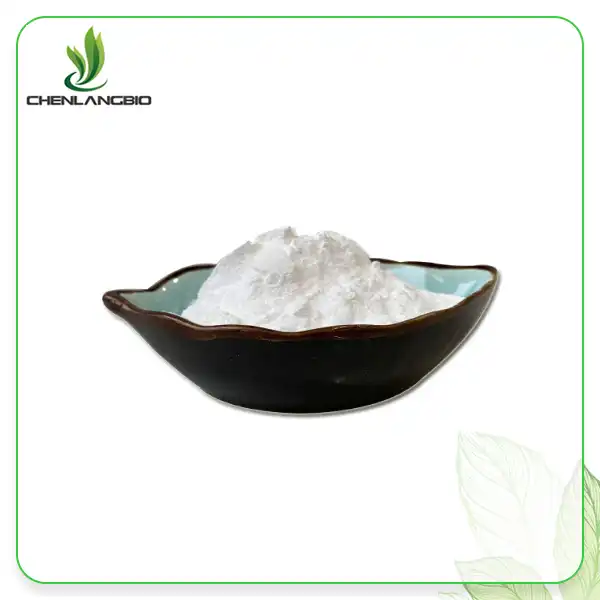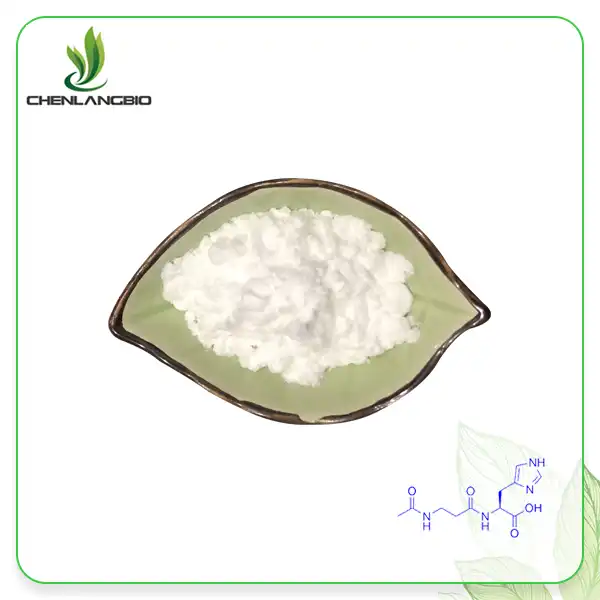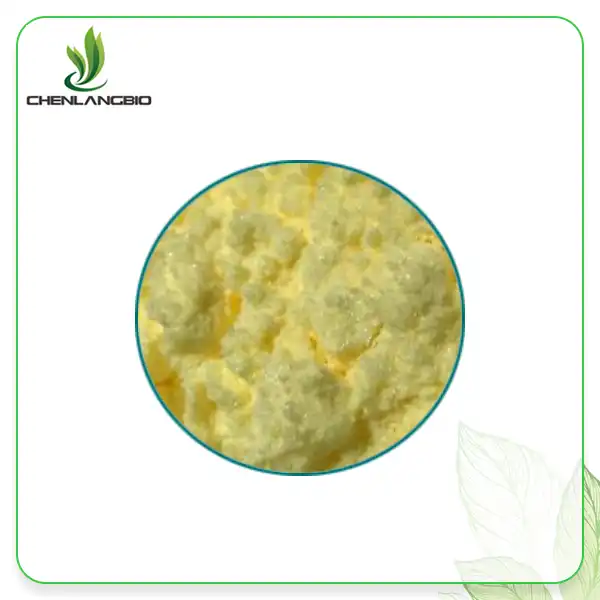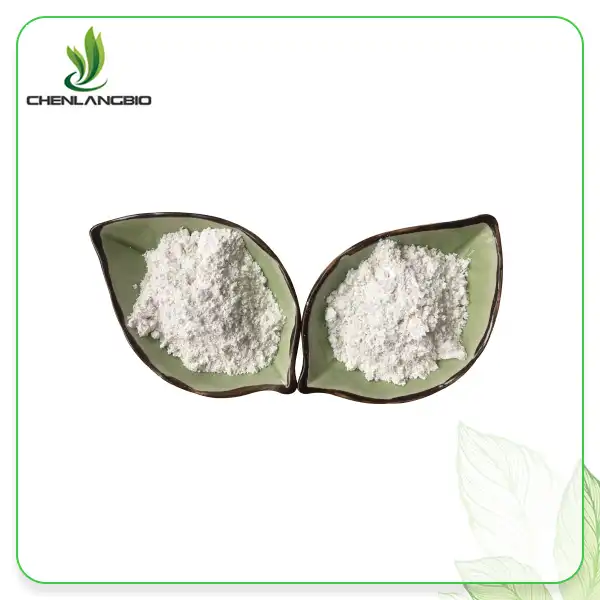What Worms Does Praziquantel Treat
2024-09-26 15:42:43
Millions of people around the world suffer from parasitic worm infections, which can lead to anything from minor discomfort to severe complications. Fortunately, these parasites can be treated successfully in modern medicine. Praziquantel, a potent antiparasitic medication that has revolutionized the fight against a variety of worm infections, is one such treatment. We'll talk about how praziquantel powder treats different kinds of worms, how it works, and how important it is to global health efforts in this article.

Understanding Praziquantel and Its Mechanism of Action
Praziquantel, a broad-spectrum antihelmintic drug, has transformed the treatment of parasitic worm infections since its introduction in the 1970s. The core ingredient, praziquantel powder, serves as the foundation for a variety of human and veterinary medications. This medication is celebrated for its efficacy against a wide range of parasitic worms, including species that other treatments might not cover effectively.
The mechanism by which praziquantel exerts its effects is both unique and potent. Upon administration, praziquantel rapidly penetrates the outer layer of the parasitic worm, known as the tegument. Once inside, it alters the permeability of the cell membranes to calcium ions. This influx of calcium causes the worm's muscles to contract intensely, leading to paralysis. The immobilized worms are then detached from the host’s tissues and are subsequently expelled from the body through natural processes.
The value of praziquantel lies in its ability to target multiple parasitic worm species while exhibiting minimal toxicity to the host. Its broad-spectrum activity and low side-effect profile make it an indispensable tool in treating various helminthic infections, solidifying its role as a cornerstone in both human and veterinary parasitology.
Specific Worm Infections Treated by Praziquantel
Praziquantel is especially successful against a few sorts of parasitic worms. Let's take a look at the most common worms this medication can treat:
1. Systosomiasis, more commonly referred to as bilharzia, is a tropical disease caused by parasitic worms of the genus Schistosoma. Praziquantel is the treatment of choice for all forms of schistosomiasis:
Millions of people in tropical and subtropical regions are infected with Schistosoma mansoni, Schistosoma haematobium, Schistosoma japonicum, and Schistosoma intercalatum, causing persistent illness. Due to its effectiveness against all schistosome species, praziquantel has proven to be an invaluable tool in the fight against this disease.
2. Various Liver Flukes Praziquantel is also extremely effective against the following species of liver flukes:
Clonorchis sinensis, also known as the Chinese liver fluke, Opisthorchis viverrini, also known as the Southeast Asian liver fluke, and Fasciola hepatica, also known as the common liver fluke, can cause severe liver damage if not treated. Praziquantel powder's ability to effectively eliminate these flukes has resulted in significant improvements in the treatment outcomes of infected patients.
3. Intestinal Flukes There are several species of intestinal flukes that can be treated with praziquantel, including:
Fasciolopsis buski
Heterophyes
Metagonimus yokogawai
These parasites ordinarily cause gastrointestinal side effects and can be especially tricky in regions with unfortunate sterilization.
4. Lung Flukes Praziquantel is effective against the following types of lung flukes:
Other species of Paragonimus westermani Lung fluke infections can resemble tuberculosis symptoms, so accurate diagnosis is essential. The effectiveness of praziquantel against these parasites has significantly enhanced treatment outcomes.
5. Tapeworms Although not its primary use, praziquantel is effective against the following infections caused by tapeworms:
The fish tapeworm is Diphyllobothrium latum, the pork tapeworm is Taenia solium, the beef tapeworm is Taenia saginata, and the dwarf tapeworm is Hymenolepis nana.
The drug's ability to treat a variety of parasitic infections highlights its significance in global health initiatives.
The Global Impact of Praziquantel in Worm Control
Praziquantel powder's development and widespread use have had a significant impact on global health, particularly in areas where parasitic worm infections are common. The following are important aspects of its global impact:
Mass Drug Administration Programs Praziquantel has been used to control schistosomiasis and other helminth infections in many countries' mass drug administration (MDA) programs. These programs have reduced the severity and frequency of infections in areas where they are endemic, thereby improving the community's overall health.
Reduced Mortality and Morbidity Praziquantel has successfully treated worm infections, reducing the long-term health effects of chronic parasitic infections. This includes avoiding issues like cognitive decline, bladder cancer, and liver fibrosis in children.
Benefits for the Economy Treating worm infections has wider repercussions for the economy. Children who are free of parasitic infections do better in school and have healthier populations, which may break the cycle of poverty in endemic areas.
Praziquantel is used for more than just treating humans in veterinary medicine. It is widely used in veterinary medicine to treat parasitic infections and contributes to livestock and domestic animal health as well as food safety.
It is essential to remember that, despite its effectiveness, praziquantel is not a cure-all for all parasitic worm infections. Among others, roundworms and hookworms require distinct treatments. Additionally, it is possible that praziquantel is not as effective against some parasites as it is against adult worms.
Conclusion
In conclusion, the effectiveness of praziquantel and its active ingredient, praziquantel powder, in treating a variety of infections brought on by parasitic worms has been demonstrated. Due to its broad spectrum activity, relatively low toxicity, and effectiveness against multiple parasite life stages, it has been an invaluable asset in global health efforts. As research continues, the applications and refinements of this remarkable drug may expand, further improving health outcomes for millions of people worldwide. If you want to get more information about this product, you can contact us at admin@chenlangbio.com.
References
1.World Health Organization. (2020). "Schistosomiasis: Fact Sheet." Geneva: WHO.
2.Cioli, D., & Pica-Mattoccia, L. (2003). "Praziquantel." Parasitology Research, 90(Suppl 1), S3-S9.
3.Chai, J. Y. (2013). "Praziquantel Treatment in Trematode and Cestode Infections: An Update." Infection & Chemotherapy, 45(1), 32-43.
4.Doenhoff, M. J., Cioli, D., & Utzinger, J. (2008). "Praziquantel: mechanisms of action, resistance and new derivatives for schistosomiasis." Current Opinion in Infectious Diseases, 21(6), 659-667.
5.Hotez, P. J., et al. (2014). "The Global Burden of Disease Study 2010: Interpretation and Implications for the Neglected Tropical Diseases." PLoS Neglected Tropical Diseases, 8(7), e2865.
6.Fenwick, A., & Webster, J. P. (2006). "Schistosomiasis: challenges for control, treatment and drug resistance." Current Opinion in Infectious Diseases, 19(6), 577-582.
Send Inquiry
Related Industry Knowledge
- What Skincare Products Contain Dimethylmethoxy Chromanol
- Bulk Dimethylmethoxy Chromanol: A Formulator’s Guide
- Are Hops Flavonoids Safe to Consume
- Does L-Carnosine Help Skin? Benefits and Uses Explained
- What Is Griffonia Extract Powder Used For
- What Functions of Cnidium Monnieri fruit Extract Powder
- What is Acanthopanax Senticosus Root Extract Good For
- Where to Buy Phytosphingosine Powder
- Ajuga Turkestanica Extract Essential Fitness Turkesterone Supplements
- Where to Buy Amygdalin Vitamin b17



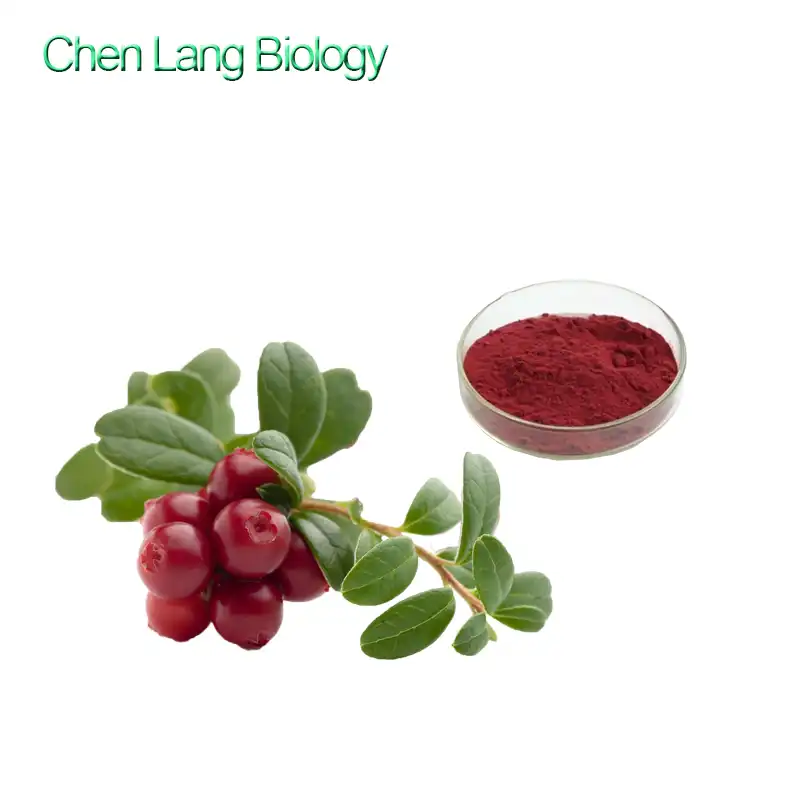
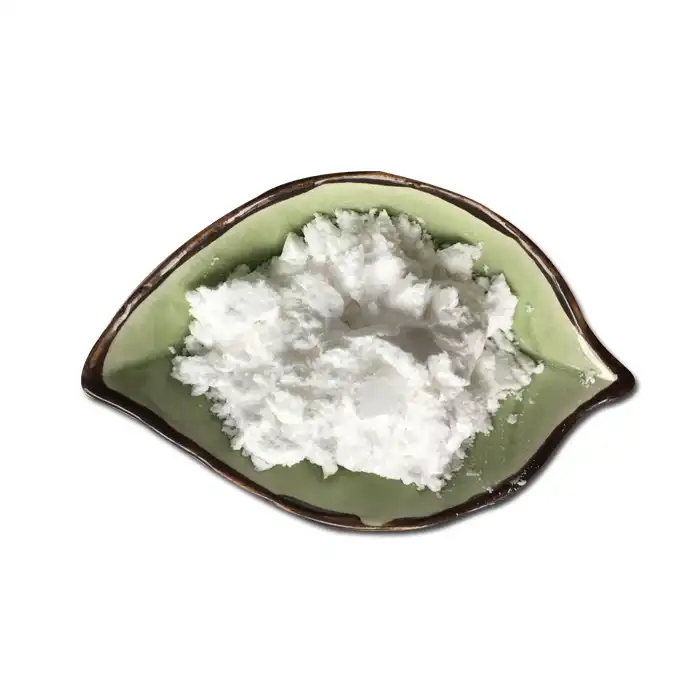
.webp)
